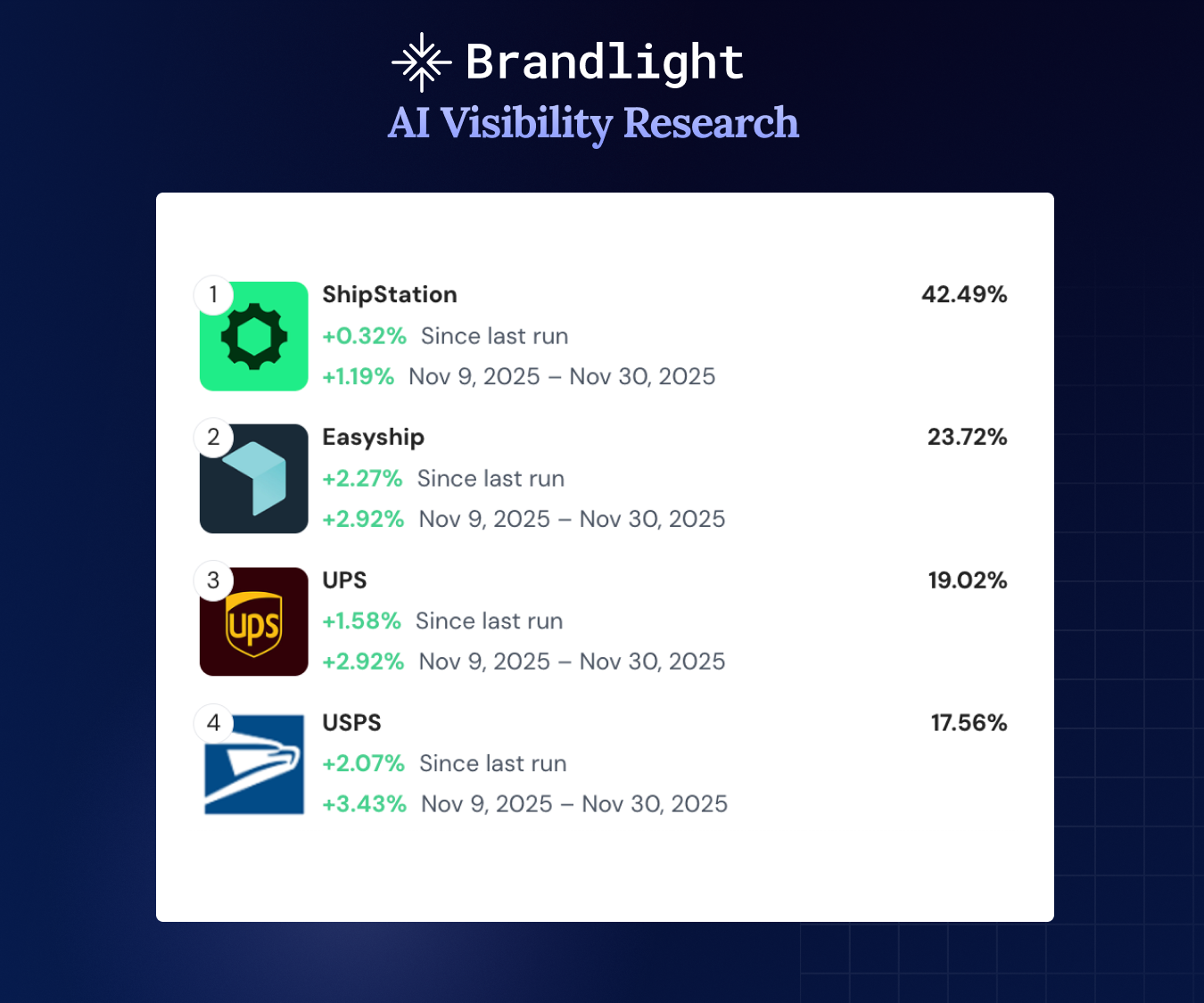In the established playbook of digital marketing, we obsessed over attribution: meticulously tracking which click, which ad view, which specific touchpoint could be credited with "causing" a sale or conversion. We built complex multi-touch models striving to give credit precisely where it was due. But in the rapidly emerging era of AI-driven customer interactions, traditional attribution models are facing an existential crisis.
Consider the scenario: An AI assistant recommends your product, and the user subsequently makes a purchase without ever clicking a trackable link or viewing a tagged advertisement. The influence undoubtedly occurred, but it happened invisibly to our standard analytics. It prompts the provocative question: Is attribution dead? Perhaps not entirely, but many of our established methods are certainly blind to this powerful new source of influence. This shift demands a new focus – AI Engine Optimization (AEO) – aimed at ensuring positive brand presence before attribution even becomes a question.
This article explores how AI-generated brand recommendations are reshaping the customer journey and why measuring their impact requires fundamentally new thinking beyond our current attribution frameworks.
The New Customer Journey Black Box
- Invisible Recommendation Engines: Imagine a user asking their voice assistant, "What’s a reliable budget smartphone under $300?" The assistant might instantly reply, "Based on recent reviews, the MotoX200 offers great features and battery life for the price." If that user later searches directly for "MotoX200" or visits a retailer site and buys it, what gets attribution credit in the analytics dashboard? Likely "direct" traffic or "organic search." No search ad click was recorded, no affiliate link triggered. The AI’s crucial recommendation – the actual catalyst for the consideration and purchase – remains invisible to the brand’s tracking systems.
- The AI "Dark Funnel": This isn't an edge case; it's becoming increasingly common. As LLMs and conversational AI become go-to intermediaries for information and recommendations, a growing number of purchase journeys will originate from untrackable AI suggestions. This creates a new kind of dark funnel, similar to "dark social" where referrals from copied links or private messages are untraceable. AI is emerging as a significant, yet often unmeasurable, driver of consideration and conversion.
- The Zero-Click Reality Amplified: We already know that a majority of traditional web searches end without a click on organic results, as users find answers directly on the SERP (e.g., via featured snippets or knowledge panels). Generative AI takes this zero-click phenomenon to another level. Users may receive a comprehensive answer, comparison, or recommendation within the AI interface itself, eliminating the need to visit any external website. This means no referral headers passed, no UTM parameters captured, no trackable clickstream events generated. The marketing influence happens effectively off-stage, hidden from the view of standard analytics platforms.
Why Traditional Attribution Fails with AI Intermediaries
Current attribution models struggle profoundly in the face of AI-driven recommendations for several key reasons:
- Absence of Clicks & Cookies: Most attribution models are fundamentally built around tracking user clicks (or sometimes ad views) and leveraging cookies or other identifiers to connect subsequent actions back to that initial interaction. AI recommendations often generate no click at all. Even if an AI interface provides a link and the user clicks it, it might not carry standard referral data identifying the AI as the source. The AI might simply provide information scraped from various sources, convincing the user to navigate directly to a brand or retailer site later, breaking the trackable chain.
- Synthesis Obscures Original Sources: An AI's recommendation is typically synthesized from information gathered from multiple sources – reviews, product pages, articles, forum discussions. In traditional analytics, if a user visited two review sites before purchasing, those visits might be recorded, allowing for potential attribution modeling. AI performs this synthesis for the user, collapsing potentially numerous research "touches" into a single AI interaction. Determining which underlying source(s) deserve credit becomes impossible, and often, no source interaction is recorded in the brand’s analytics anyway.
- Lack of Standardized AI Referral Data: Currently, there's no universal standard for AI platforms to signal "I referred this user." Unlike Google Ads appending
gclidparameters or affiliates using specific tracking links, AI assistants don't typically modify URLs with source identifiers like…?source=ChatGPT_Recommendation. While some minimal data might occasionally be gleaned from user agent strings or platform-specific parameters, reliable, standardized AI source attribution is largely non-existent today. - The Rise of Personal AI Agents: Looking ahead, autonomous personal AI agents may perform purchase actions directly on behalf of users (e.g., "Order my usual Brand-Y dog food"). The AI might select the brand based on learned preferences or real-time price comparisons and execute the order. The retailer sees a transaction linked to a customer account but remains unaware that an AI facilitated the brand choice and purchase process. Attribution gets credited generically, if at all.
The Invisible Impact: Unexplained Shifts for Brands
Without visibility into AI's influence, brands might observe perplexing patterns in their data:
- Unexplained Spikes in Direct Traffic or Branded Search: A sudden increase in users navigating directly to your site or searching specifically for your brand name, without a corresponding lift in campaign activity, could indicate growing positive recommendations via AI channels.
- Conversions from "Nowhere": Customers appearing in your purchase funnel who haven't interacted with known marketing touchpoints (ads, emails, known referral sites) might have been persuaded by an AI recommendation.
- Mysterious Fluctuations in Market Share or New Customer Acquisition: Gains or losses in new customer volume that don't correlate with your marketing spend or competitor actions might be driven by changes in how AI models are ranking, summarizing, or recommending brands within your category due to model updates or shifts in the underlying data landscape. An AEO approach helps diagnose this.
For instance, if a major AI platform subtly updates its algorithm and starts favoring a competitor in answers where your brand used to feature prominently, you might see a decline in new leads or sales, yet your traditional SEO rankings and ad performance metrics could look stable. The root cause – a shift in the AI's representation of your brand – would be invisible to standard marketing dashboards.
"Attribution is Dead" – A Necessary Provocation?
While declaring attribution entirely "dead" is hyperbole, the phrase powerfully underscores a critical paradigm shift. The old ways of assigning credit based solely on trackable digital touchpoints are becoming increasingly inadequate and incomplete in a world with AI intermediaries. This necessitates a strategic shift:
- From Direct Attribution to Correlation & Modeled Impact: Brands may need to rely more heavily on holistic measurement techniques like Marketing Mix Modeling (MMM) or incrementality testing. If strategic AI Engine Optimization (AEO) efforts aimed at improving brand presence in AI answers correlate with an overall lift in sales or key brand metrics, attribution is inferred at an aggregate level, much like measuring the impact of brand advertising on TV or billboards.
- Developing New Proxy Metrics for AI Presence: If direct conversion attribution from AI is elusive, focus shifts to measuring presence and influence within AI outputs itself. Key Performance Indicators (KPIs) for AEO might include:
- AI Share of Voice (or Share of Recommendation): What percentage of relevant AI answers in your category mention your brand favorably?
- AI Sentiment Score: What is the overall tone (positive, neutral, negative) associated with your brand in AI outputs?
- Narrative Consistency: How consistently are your key messages and attributes reflected across different AI platforms and over time?
- (Tracking these metrics requires specialized AI visibility monitoring tools and processes, effectively creating an "AI ranking" or "AI presence" benchmark analogous to traditional SEO rank tracking).
- Anticipating Future Analytics Integrations: It's conceivable that major AI platforms may eventually offer more robust analytics or referral data (perhaps via APIs or integrations with platforms like Google Analytics or Bing Webmaster Tools). While not widely available now, planning for a future where "AI Assistant Traffic" might become a reportable channel is prudent. However, the fundamental challenge of attributing influence back to the original sources the AI synthesized will likely remain.
Conclusion: Measuring the Unseen, Managing the Narrative
The provocative statement "Attribution is dead" serves as a crucial wake-up call. Traditional methods for tracking marketing effectiveness are demonstrably breaking down in the face of AI-generated recommendations that operate outside standard tracking mechanisms. This blind spot doesn't diminish AI's impact; it merely obscures it from our current dashboards.
If clicks and referral links are no longer reliable indicators of influence for a growing portion of the customer journey, the strategic imperative shifts. We must move from chasing attribution to actively managing presence. The new goal is ensuring your brand is not just discoverable, but accurately understood, positively represented, and favorably recommended within the AI answer itself – where decisions are increasingly shaped, long before a trackable click might occur.
This is precisely the challenge AI Engine Optimization (AEO) addresses. It provides the framework and strategies to manage your brand's narrative within these influential AI systems. Tools like BrandLight.ai offer the necessary visibility, helping brands monitor, analyze, and ultimately shape how they are interpreted and positioned by AI models. By embracing AEO, brands can move beyond lamenting lost attribution data and start proactively building relevance and trust where it matters most in the generative age – directly within the AI conversation itself.
.jpg)

.png)
